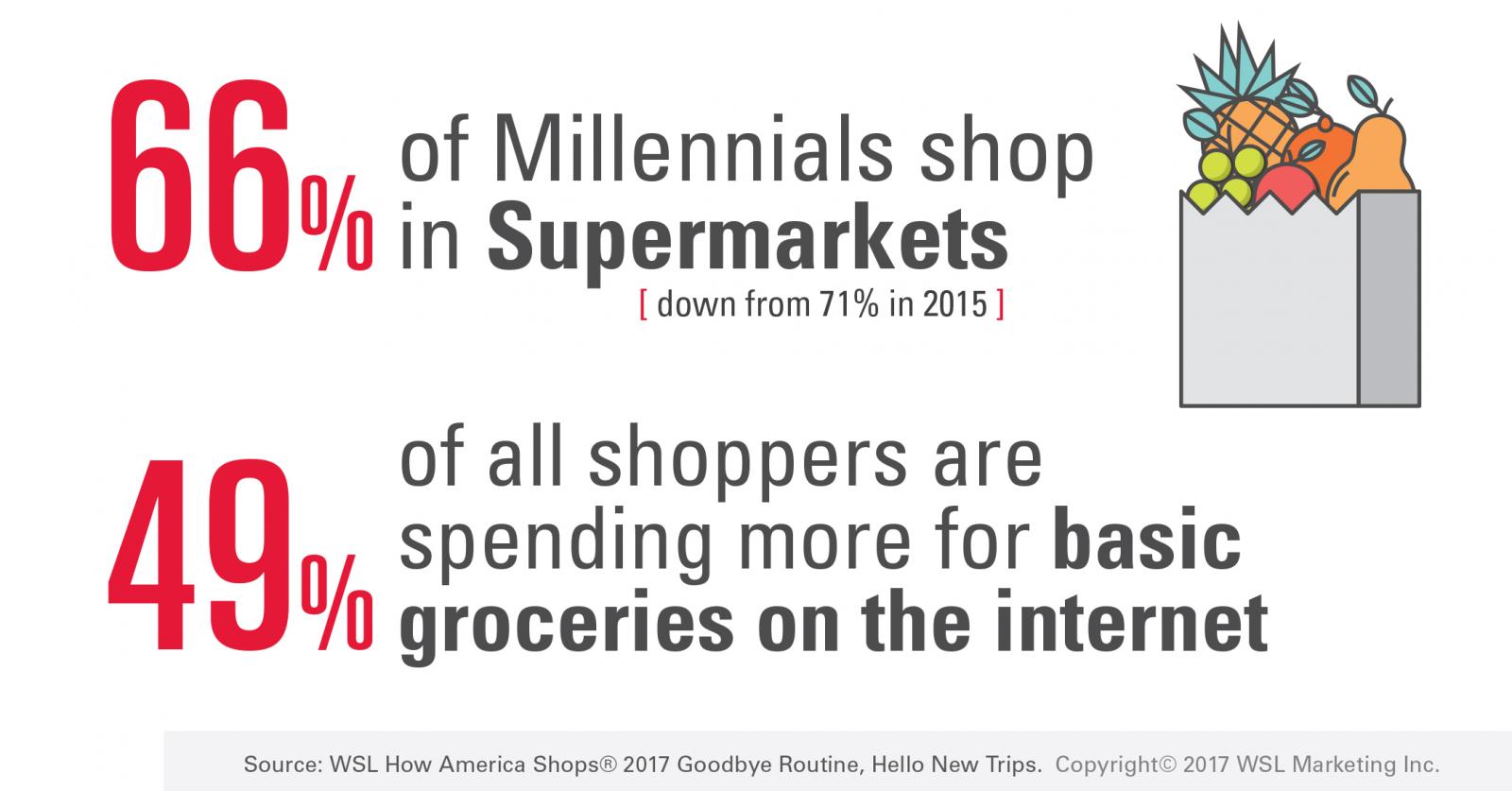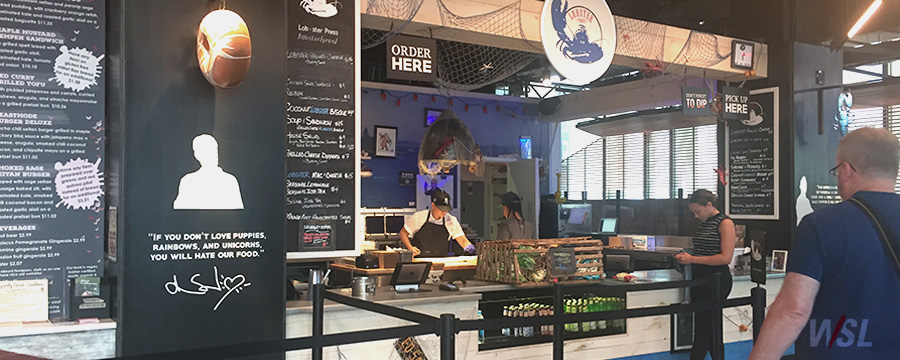Fringe eateries, including kiosk-enabled restaurants and well-placed food emporiums, are nibbling at the edges of supermarket’s share, particularly among Millennial shoppers. Here’s what supermarkets can learn from places that offer convenience, fun and “better” food.
It’s 6 p.m., the commute is a bear, and the shopper has one key requirement for tonight’s dinner: It’s got to be easy, and it’s got to make me feel smart.
What do you think the shopper will prefer, a cart or a kiosk?
The answer speaks volumes about the future of supermarket retail. While the grocery trip has been dramatically redefined by most shoppers, who rarely visit one store for all things, it is reinvented even more so by Millennials. In addition to convenience, they seek to resolve the mealtime conundrum with places that offer simplicity, adventure and “better” food.
Enter fringe eateries, supermarket alternatives that are springing up in the pathways of shoppers with newly concocted offerings that are hard to ignore.
Young Shoppers Choose Kiosk Over Shopping Cart
Traditional supermarkets are taking note, as evidenced in their offerings of in-store dining and other forms of food theater. Yet they may have to move faster according to our latest How America Shops® report, Goodbye Routine, Hello New Trips.
Benefit of Easy Shopping is Getting in the Way
Shoppers are hitting the supermarket aisles less because more exciting and pain-free options are stepping in their way. Supermarkets can compete, however, if they recognize why shoppers choose the fringe. Let’s look at a few.
Eatsa: This automated quick-serve restaurant sells healthy, customizable bowls via touchscreen kiosks that enable much faster purchase and pickup. Bonus: The system remembers all orders so it can tailor the guest’s menu based on previously purchased items. Orders are personalized with name and order number, so it’s easy to find them at nearby pickup cubbies.
The Pennsy: Just outside of New York’s Penn Station, this contemporary food hall features adventurous options that can travel or be enjoyed in place. Its six local vendors specialize in specific food offerings, including vegan sweets, veggie-rich gluten-free fare, and California Tacos. As is essential for all food halls, it is fun to explore and offers simple price points to keep the experience fast and easy.
Takeaways from This New Way of Shopping
What can supermarkets take away from these fringe disruptors? Here are three key features:
- They let them exhale: Too many shoppers, convenience – meaning simple, fast and en route – is a luxury. Simplicity means clarity at all touchpoints, from signage to promotions. Fast comes in the form of kiosks that reduce order time and empower shoppers. And en route means being where shoppers are – by the station, at a delivery kiosk or even in the subway.
- They make them smile: Convenient doesn’t mean boring. An adventurous mix of food options from basics to exotic will appeal to a broader range of shoppers and moods. An element of entertainment, such as interactive cameras that take food selfies from above, could further encourage shoppers to stay.
- They help them feel good: Healthy can mean a lot of things to a lot of people, so let’s classify fringe foods as “better”: small-batched, locally sourced and fresh. Predictable fare has been replaced by more nutrition-focused ventures that specialize in ethnic and artisan-made dishes, new ingredients and adventurous flavor blends.
Lastly, be ready to bend. Shoppers are connecting with merchants that are local, versatile and flexible. Ask yourself: Why would my best shopper prefer my cart?

